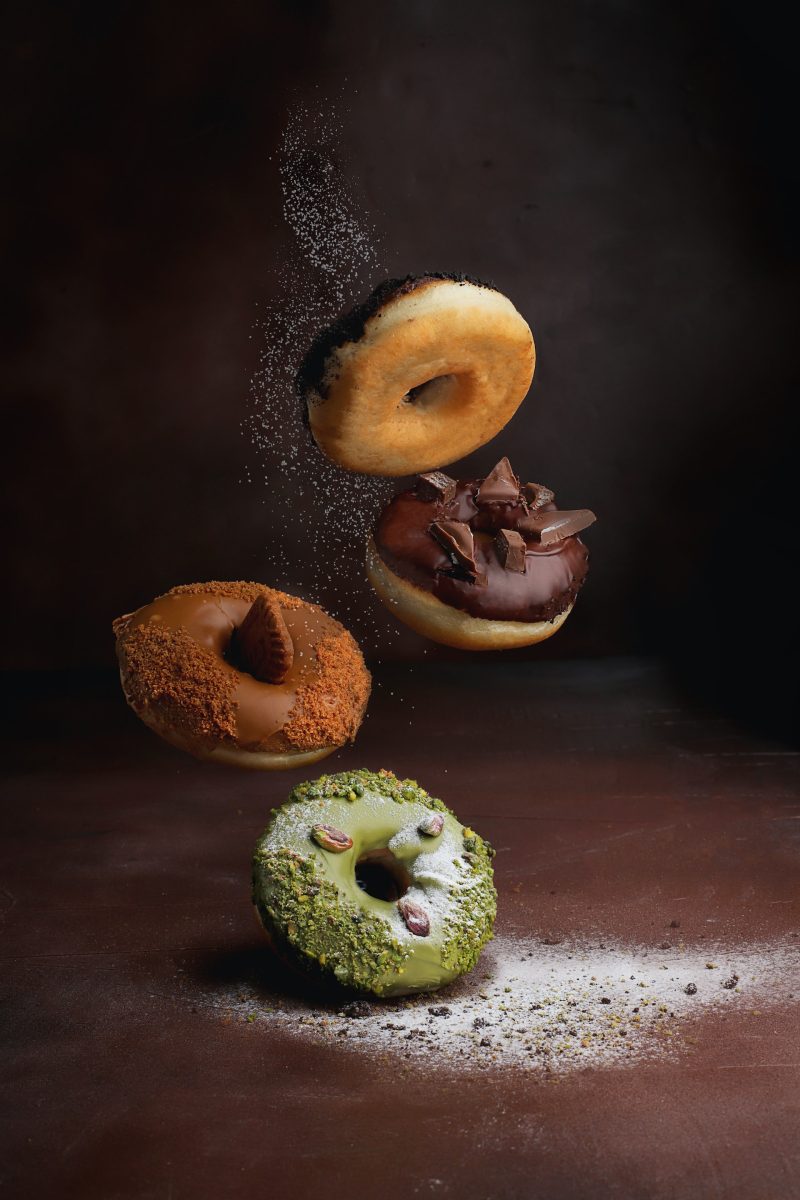With the development of modern technology, food production has moved away from the traditional workshop approach and has become systematic and industrialized. Compared to the traditional food products made with natural ingredients and methods, industrial food products have added a lot of chemical additives in order to save costs, add flavor, or simply to preserve freshness. Of course, after research, most of these chemical additives are controlled in certain doses to ensure that they are harmless or cause little harm to humans. However, it is still necessary for people to have an understanding of them. In the following article, I will introduce food additives that are widely used in the food industry, including methyl cellulose Malaysia.
Additives that are used in the food industry
Methyl cellulose: Methyl cellulose Malaysia is a water-soluble polymer derived from natural cellulose. This compound can be found as an important ingredient in many of the raw materials we use in our daily lives. Visually, methyl cellulose is an odorless, white, crystalline powder. In the production process of the food industry, methyl cellulose is added to increase the characteristic viscosity of the product. For example, in the food industry, methyl cellulose is added to ice cream, yogurt, custard, sauces, condiments, jams, jellies, puddings, candies, cakes, breads and other products. In addition, methyl cellulose Malaysia is added to dairy products to increase the viscosity and improve the texture of dairy products, giving them a richer texture and flavor.
Glucose syrup: Glucose syrup is one of the important ingredients in the modern food industry. It is an aqueous solution made from glucose. Glucose syrup has many advantages in food production. It keeps food fresh, avoids spoilage during processing, and maintains the activity of various nutrients and vitamins in food ingredients.
In addition, glucose syrup has an extremely strong antioxidant effect, which can delay the growth of microorganisms in food and the accumulation of their metabolites, prevent or delay aging, and maintain the vitality of cells; it can enhance the activity of enzymes and make them denature or oxidize proteins and fats effectively, preventing food from being oxidized and spoiled.
Food coloring: It’s a kind of pigment, added to food, can make the food change its original color to some extent. The color of the food is an important factor in the sensory quality of the food. Before the invention of synthetic food coloring, people were using natural coloring to color. Therefore, nowadays, there are natural and synthetic food colorings.
Natural food colorings are pigments extracted directly from plant and animal tissues (plant organs, natural animals, insects, microorganisms) and are generally harmless to humans, such as red currant, chlorophyll, curcumin, etc. Synthetic food colorings are made from aniline dyes isolated from coal tar as raw material. Most of these synthetic colors are harmful to humans, so they cannot be used too much. However, because of the cheap price, food coloring is still widely used. At present, most food coloring can be divided into two categories according to their solubility: water-soluble and non-water-soluble.





